
The Beauty and Ugliness of Christ
By Aaron Henderson | June 9, 2022
“The deformity of Christ forms you, for had He not willed to be deformed, you would not have regained the form which you had lost. Therefore He hung deformed on the cross. But His deformity was our beauty.”
—St. Augustine, Sermon 27
← Return to Musings| Writings
The Beauty and Ugliness of Christ
By Aaron Henderson | June 9, 2022
“The deformity of Christ forms you, for had He not willed to be deformed, you would not have regained the form which you had lost. Therefore He hung deformed on the cross. But His deformity was our beauty.”
—St. Augustine, Sermon 27
That Jesus Christ is beautiful is perhaps obvious if we consider His divinity, for God is supereminently beautiful. Indeed, God is the source and cause of all beautiful things. But how often do we contemplate the human beauty of Christ? Our good friend, St. Thomas Aquinas, can aid us in this endeavor. In his commentary on Psalm 44 (45), St. Thomas explains different ways in which Christ is beautiful. In addition to pointing to Christ’s divinity, the Angelic Doctor gives three reasons that the man Jesus is beautiful. Our Lord is beautiful first of all in virtue of justice and truth. As John 1:14 says, He is full of grace and truth. In short, we need not limit Jesus’s beauty to His divinity; Jesus also has a fullness of grace in His human soul, whereas we have grace as from an overflowing and participation in His. The second aspect St. Thomas mentions is Jesus’s honorable way of life. He becomes the beautiful and perfect pattern of life that we ought to follow.
The last aspect St. Thomas mentions is bodily beauty. He thinks that this too existed in Christ. And this is where things get interesting. St. Thomas appeals to the Song of Songs: “Behold you are fair, my beloved.” This is a profound way of seeing in the Old Testament a sign and figure of Christ. But isn’t it in tension with texts like Isaiah 53:2, which describe God’s messianic servant as ugly? “We have seen that there is in him no beauty or comeliness.” Furthermore, Jesus desired to be poor for our sake. Just consider Philippians 2, in which the Apostle speaks about Jesus being in the form of God such that He didn’t count equality with God a thing to be grasped but emptied Himself, taking on the form of a slave or servant. We know how Jesus preached about the dangers of wealth and opulence. This should apply to bodily beauty too, since the Christian is supposed to cast these things aside for the sake of higher goods. How does St. Thomas respond to this? He says that Christ did not have absolutely supreme bodily beauty, since this was in no way required for His saving mission and in fact may have hindered it in some manner. Instead, St. Thomas thinks that Christ had the highest bodily beauty which was appropriate for His state. He may have had some awe-inspiring features and a certain grace about Him, but things like golden hair and “ruddiness,” as St. Thomas puts it, a flush, red face, would not have suited Him. He follows St. Augustine in speculating that something divine would have shone in Christ’s human face.
We have, then, a dramatic interplay between beauty and ugliness in Christ, especially when we consider His passion and death. After all, it was to Jesus’s passion and death that the prophet Isaiah was pointing when He said that the Suffering Servant had no beauty or comeliness. God’s servant was said to be a man weighed down by sorrows and afflicted. The suffering of Christ, at least on the surface, is a supremely ugly thing. It is no wonder that people turned their heads from Him. The death of Christ, at least at first blush, is a dishonorable and horrible reality. Crucifixion was perhaps the most brutal death one could experience in the ancient world; indeed, the Romans designed it to be such. And yet, from the ugliness inherent in the paschal mystery comes the unsurpassable beauty of our redemption. The Cross for the Christian is the ultimate sign of contradiction, just as the one on the Cross had been such a sign His whole public ministry. It is for the Christian the most beautiful object, since from the bloody Cross comes the cleansing power of grace and salvation. It is through the ugliness of the Cross that we are brought to the beauty that alone can save.
More Reading

Dr. Aaron Henderson is a Faculty Tutor for the Alcuin Institute for Catholic Culture.


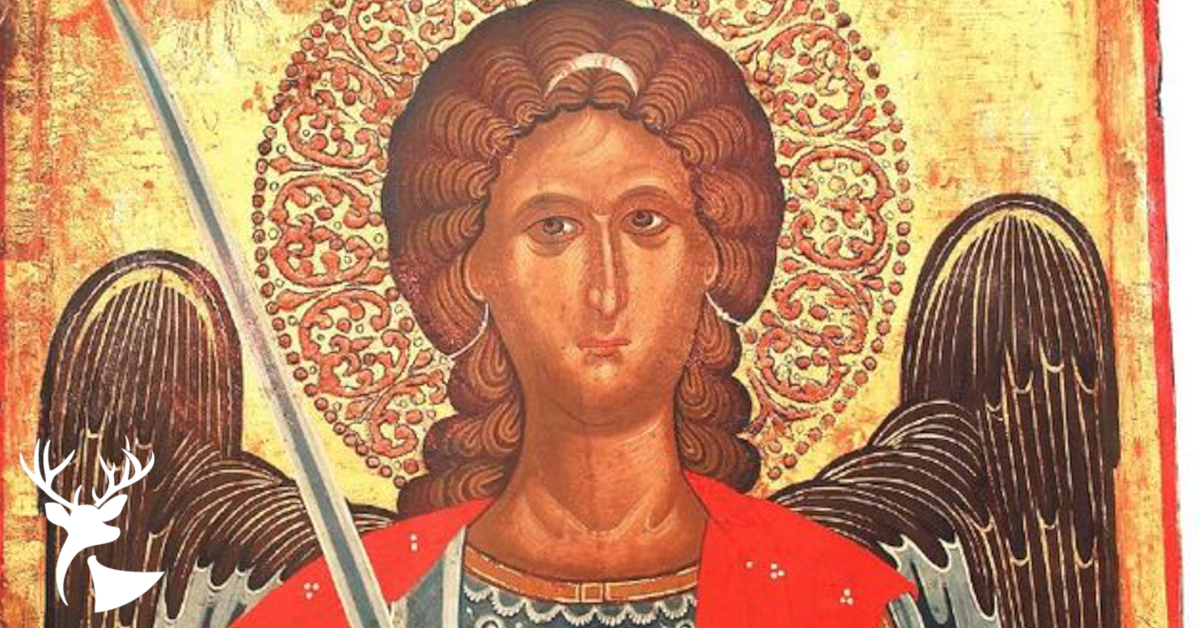

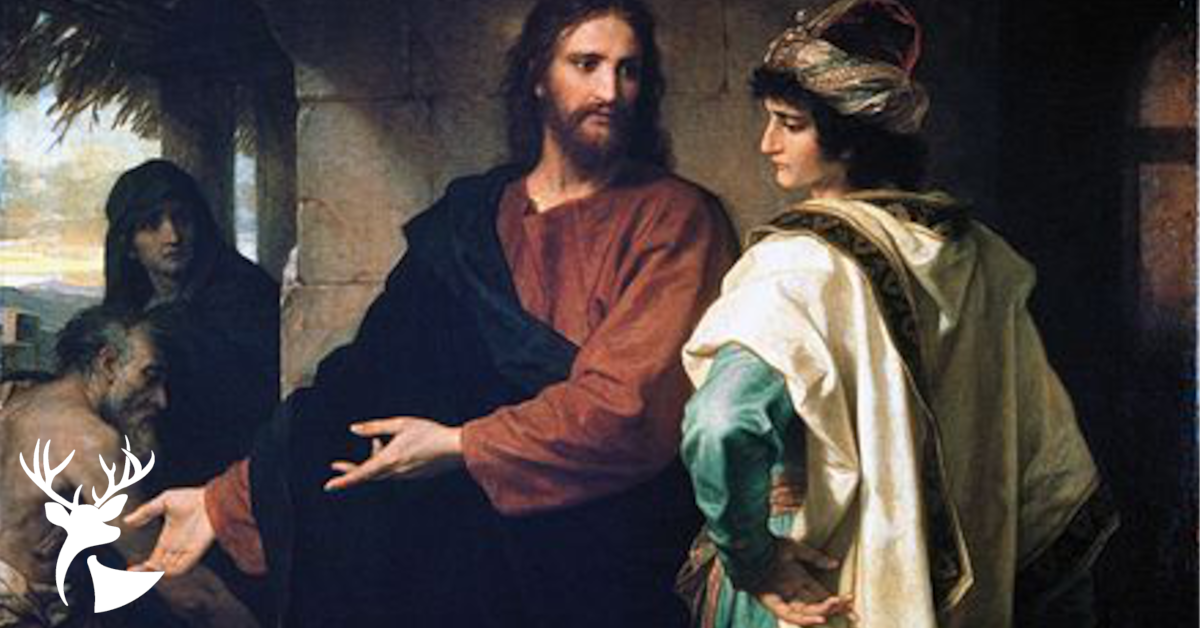
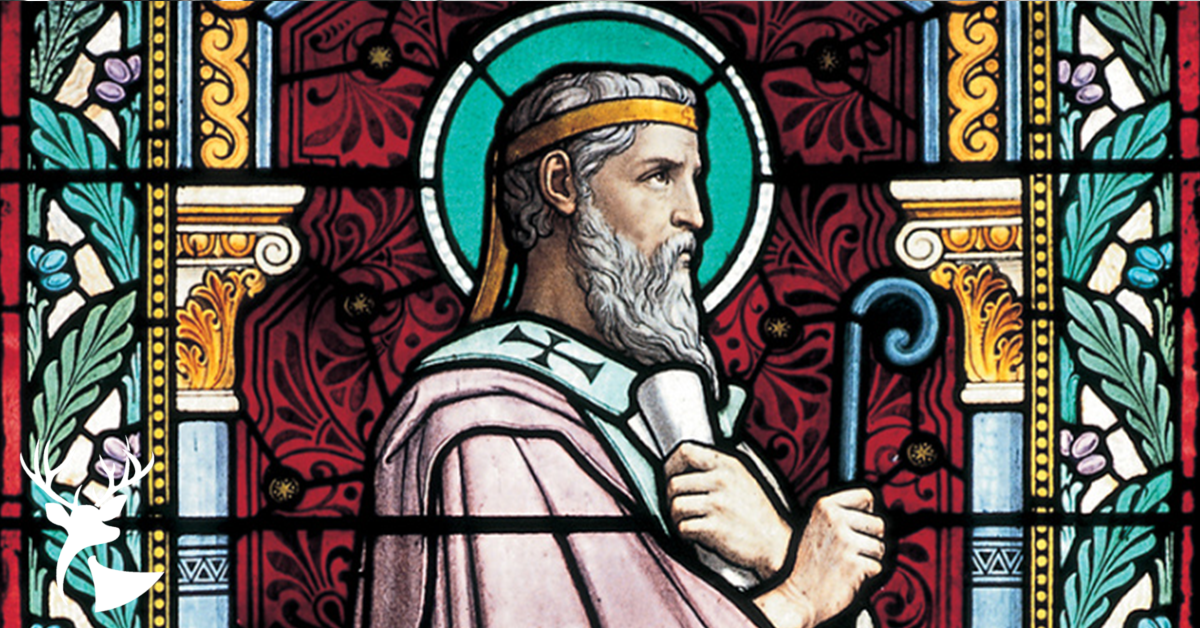
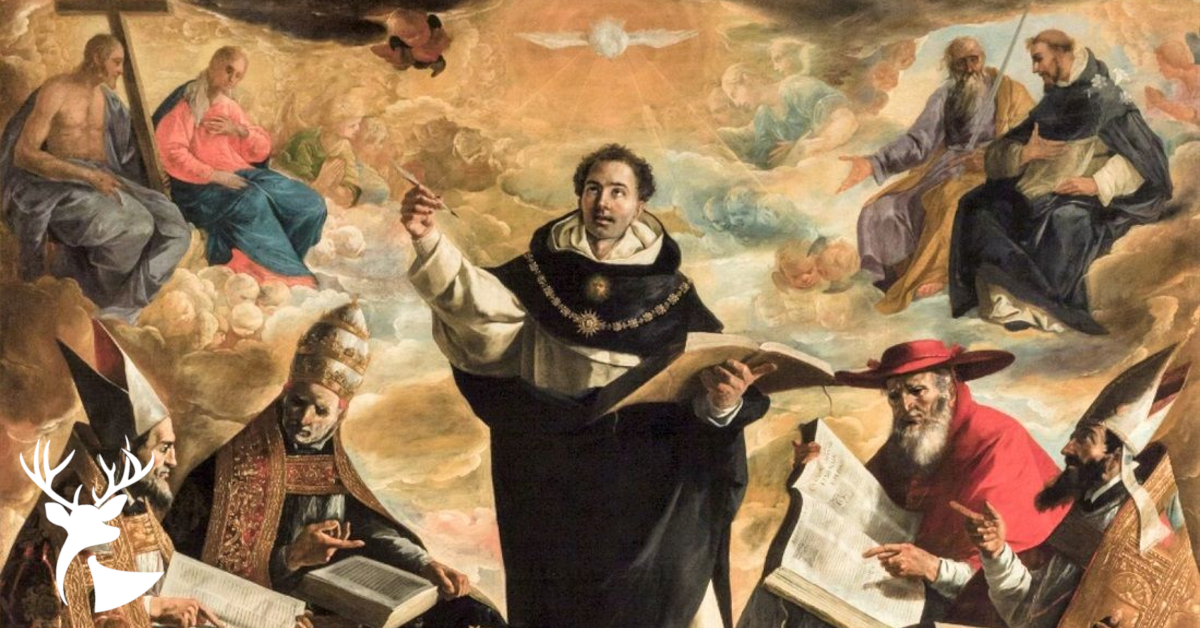


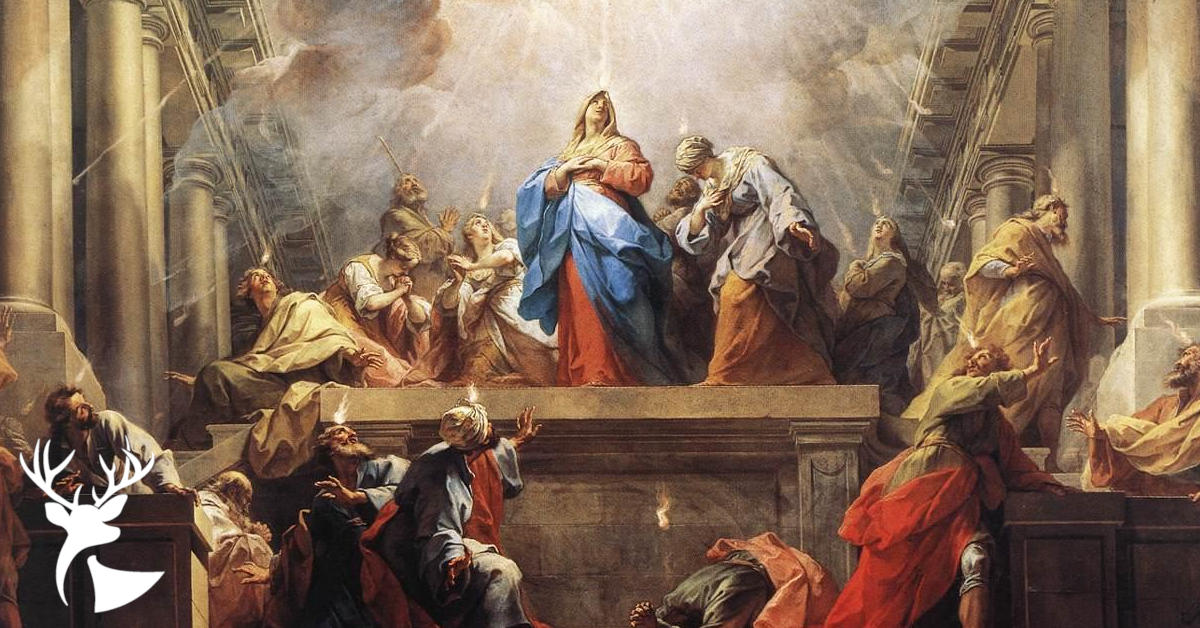


I think it’s beautiful how the very reason of the death of Christ is an inspiring act of love for humanity, and such love expressed in the faith with which Jesus accepted (even though he knew he would suffer greatly).
Thanks for your comment, Luis! I agree. Jesus shows His love for us fully on the Cross. Hopefully this inspires us to love Him in return.